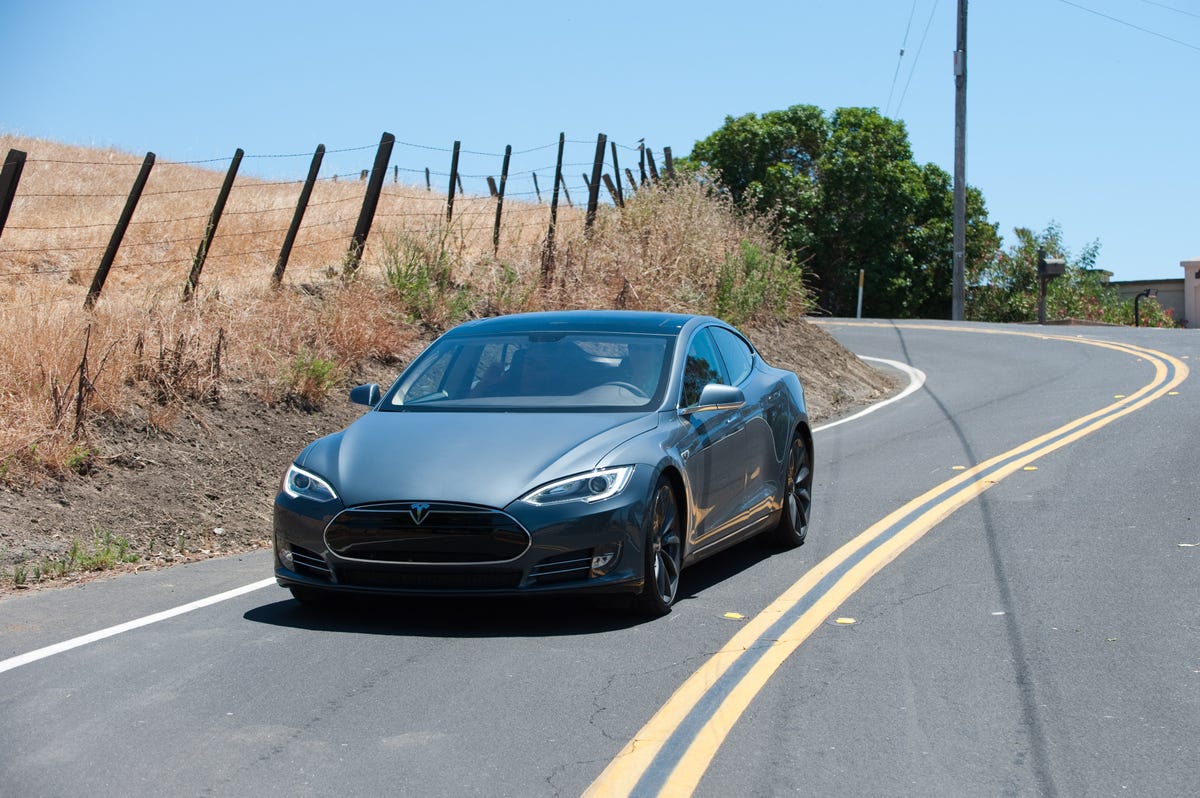Not really because that hunk of metal doesn't compress, it just goes straight through your knees. It just moves the 'pole' or whatever else you've hit closer to your legs.Meh... I'm agnostic on that one. The giant hunk of engine block is actually a big chunk of weight which, once it has hit the wall, isn't part of the mass being decelerated (unless you're in a Porsche 911 or something else with the engine behind you)! It's also a convenient "wall" between you and whatever you hit - particularly in a transverse-engined layout. Handy, if what you hit, happens to be a telegraph pole! EV manufacturers are hampered by the massive eight of the battery and the fact that there are regulations on what can and can't happen to it in the crash tests. It's part of the reason EVs aren't lighter than they currently are. I certainly don't see them as significantly more dangerous, but I don't see them as safer either. Just "different". The regulatory framework for EVs is struggling to keep up with developments in the field, with it being such a new technology.
EVs are easier to design safely.






